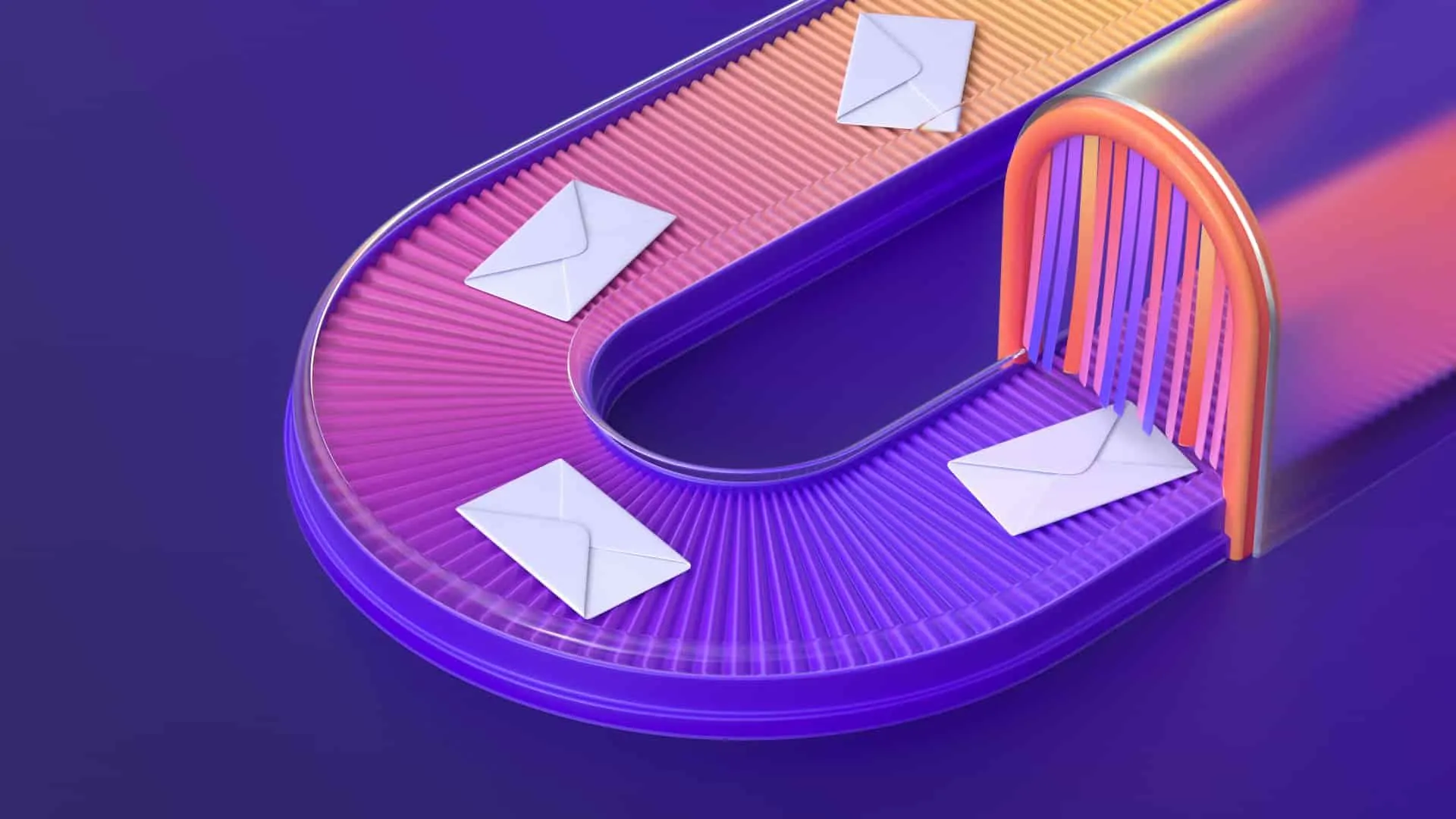Microsoft just dropped a bombshell for email marketers. Starting May 5th, 2025, Outlook.com is enforcing strict authentication requirements for domains sending over 5,000 emails per day. If you're not ready, your emails will land in junk folders—or worse, get completely rejected.
This isn't just another minor policy update. It's a fundamental shift that mirrors what Google and Yahoo implemented in 2024, and it's going to reshape how email deliverability works across the board.
What's Actually Changing?
Here's the deal: Microsoft is done playing nice with senders who can't prove they are who they say they are. For domains hitting that 5,000 daily email threshold, three authentication protocols are now mandatory:
- SPF (Sender Policy Framework) - Your domain's DNS needs to explicitly list every IP address authorized to send on your behalf. No exceptions.
- DKIM (DomainKeys Identified Mail) - Every email must carry a cryptographic signature proving it actually came from your domain and wasn't tampered with in transit.
- DMARC (Domain-based Message Authentication, Reporting, and Conformance) - You need at least a p=none policy that aligns with either SPF or DKIM (preferably both).
Miss any of these? Your emails are headed straight for the junk folder. And Microsoft has made it crystal clear: complete rejection is coming next, though they haven't announced the exact date yet.
The Enforcement Timeline (And Why You Can't Wait)
The enforcement kicked off on May 5th, 2025. Right now, non-compliant messages are being routed to junk folders with this lovely error message: "550; 5.7.515 Access denied, sending domain [SendingDomain] does not meet the required authentication level."
But here's the kicker—Microsoft initially planned to ease into this with junk folder routing, then moved directly to rejection. They're not messing around, and the transition to complete blocking could happen without much warning.
Beyond Authentication: The Email Hygiene Checklist
Microsoft isn't stopping at authentication. They're also pushing for better email hygiene across the board:
Legit Sender Addresses: Your "From" and "Reply-To" addresses need to be real, functional addresses that actually represent your sending domain. No more hiding behind generic no-reply addresses.
Working Unsubscribe Links: This should be obvious, but apparently it's not. Your unsubscribe links need to work, be easy to find, and actually honor opt-out requests quickly.
List Maintenance: Clean your lists regularly. Invalid addresses, chronic non-openers, and spam complainers need to go. Your sender reputation depends on it.
Transparent Practices: Accurate subject lines, no deceptive headers, and explicit consent from recipients. Basic stuff that should already be standard practice.
What This Means for Your Email Deliverability
If you're not compliant, you're looking at:
-
Inbox placement rates dropping to near zero
-
Increased bounce rates and delivery failures
-
Sender reputation damage that affects deliverability across all ESPs
-
Potential business impact from reduced email engagement
On the flip side, compliant senders often see improved deliverability, better engagement rates, and stronger brand credibility. Microsoft is essentially rewarding good actors while penalizing bad ones.
Action Steps You Need to Take Now
Immediate fixes:
-
Audit your SPF, DKIM, and DMARC records right now
-
Test your authentication setup using Microsoft's message header analyzer
-
Check that your current email practices meet the hygiene requirements
-
If you're using a third-party ESP, coordinate with them on DNS settings
Ongoing management:
-
Monitor DMARC reports for authentication failures
-
Regularly clean your email lists and manage bounces
-
Keep your unsubscribe process smooth and functional
-
Gradually strengthen your DMARC policy from p=none to p=quarantine to p=reject
The Third-Party ESP Situation
Using SendGrid, Mailgun, or another ESP? You're not off the hook. Authentication is tied to your domain, not your sending service. You'll need to:
-
Configure SPF records that include your ESP's sending IPs
-
Set up DKIM keys for your domain through your ESP
-
Ensure DMARC alignment works across all your sending sources
Your ESP should help with this, but the DNS configuration is still your responsibility.
Why This Matters Beyond Outlook
Microsoft's move isn't happening in a vacuum. Google implemented similar requirements for Gmail in 2024, and other major ESPs are following suit. This represents a fundamental shift in email deliverability standards industry-wide.
The organizations that adapt quickly to these authentication requirements will maintain their competitive edge, while those that drag their feet will find their email programs increasingly ineffective.
The Bigger Picture
This isn't really about Microsoft being difficult—it's about creating a more secure and trustworthy email ecosystem. The authentication requirements might seem technical and annoying, but they're designed to protect recipients from spoofing, phishing, and spam.
For legitimate senders, these changes are actually good news. Better authentication means better deliverability, stronger brand protection, and more trust from recipients.
Don't Wait for Your Emails to Start Bouncing
High-volume senders need to act now. Microsoft's enforcement is already live, and the transition from junk folder routing to complete blocking could happen quickly.
The technical implementation might seem overwhelming, but the long-term benefits—improved deliverability, better sender reputation, stronger brand protection—make these changes worthwhile investments.
Your competitors who adapt faster will have a significant advantage in email marketing. Don't let poor authentication be the reason your emails stop reaching inboxes
